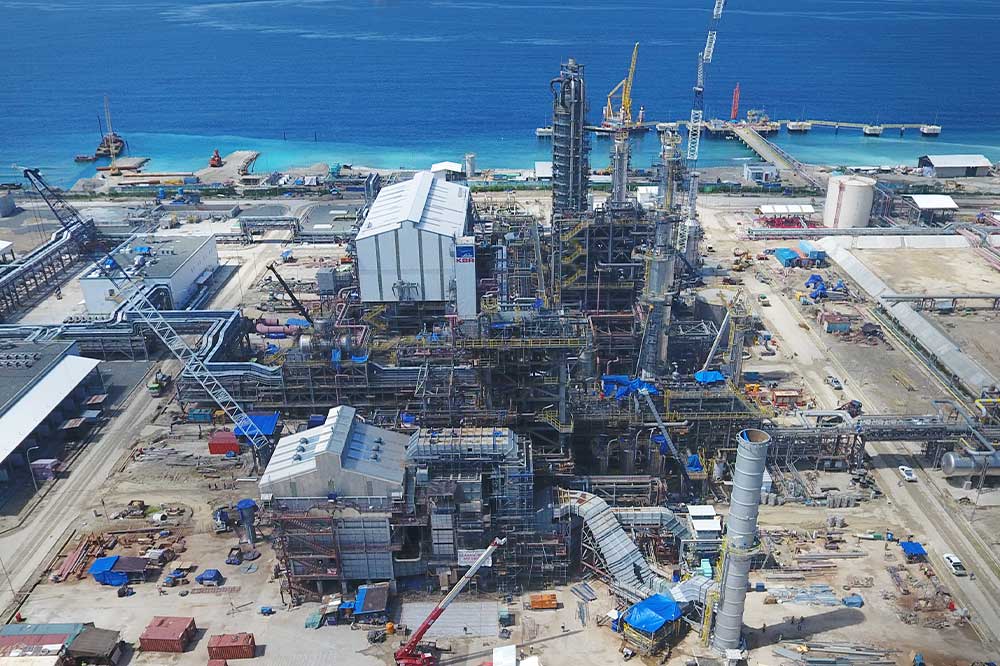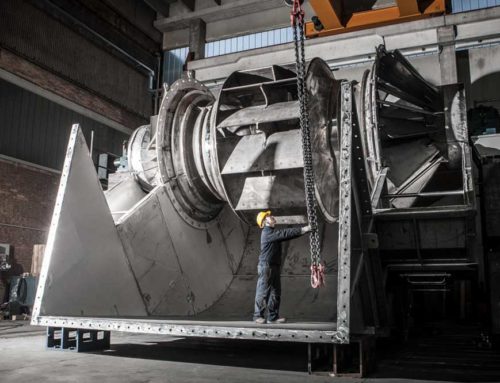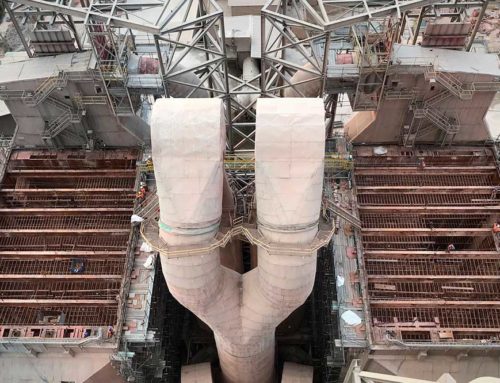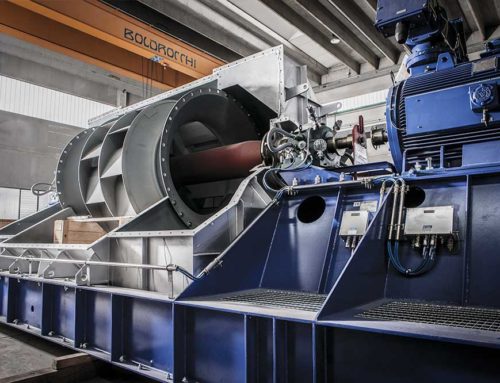Products: Fans
Industry: Fertilizer & Chemical
Location: Banggai Regency, Indonesia
Boldrocchi engineered, manufactured and tested complex fan systems to optimize the steam reforming process at the Banggai Ammonia Project, a new ammonia plant commissioned in 2017 for Panca Amara Utama (PAU), in Banggai Regency, Central Sulawesi, Indonesia. These fan systems are essential to achieving reformer performance targets. They are also highly engineered systems with a complex series of integrated components. Boldrocchi designed double-regulation systems for these fan systems.
Boldrocchi was contracted to engineer, manufacture and test the complex fan systems for the steam reforming process. This included:
- Fans
- Silencer
- Damper
- Steam turbine system
- Bearings
From both an engineering and a job management point of view, areas of fertilizer plants requiring fans or blowers must be impeccably designed and produced in order to ensure reliable and long-lasting operation as they are critical items for overall production process. Some of these systems are so complex that they can nearly be considered small plants on to themselves.
Fan Systems Design
Boldrocchi designed both a forced draft fan system to provide combustion air to the burners rated 0.53 MW and an induced draft fan system for exhaust fumes rated 1.1 MW. Both fans have double inlets, allowing them to process the required elevated flow rate with high efficiency. Both fans are designed according to demanding API 673 requirements for special purpose units to assure maximum reliability and are configured nearly identically. The only difference between the two, in terms of configuration, is the air intake, which is only present on the forced draft fan. This complete air intake system includes a customized inlet silencer to ensure targeted noise reduction.
Double Regulation System
The systems for both the forced draft fan and the induced draft fan are regulated with a combination of fan speed regulation and damper control. Boldrocchi’s team designed the system to reduce energy consumption at lower loads. Plant operators can to reduce fan speed and fine-tune the regulation of the process by controlling a damper. This double regulation allows the plant to reuse energy while ensuring critical speeds are never reached. Boldrocchi is a fervent believer in this double regulation system, likely having designed such systems for more plants around the world than any other company in the past 20 years.
Fan Drivers
A steam turbine acts as the main driver for the fans in most fertilizer plants as steam is generally available. The main driver for the fans at the Banggai plant is a single-stage backpressure steam turbine designed according to API 611. An electric motor is used as a backup driver at plant start-up when steam may not be available as well as in case of a turbine shutdown in order to safeguard the process and avoid any sudden plant shutdowns. To avoid both drivers working at the same time, two clutches – one on each fan shaft end – are used to engage and disengage the idle driver automatically.
Although Boldrocchi purchases the basic turbine from a sub-supplier with the driver, the governor and the overspeed protection system, it engineers the rest of the turbine system. The reason: Boldrocchi’s belief that tailoring the turbine to the customer’s specific project requirements is essential for a high quality, reliable product.
Testing
The Boldrocchi team performed a rotor dynamics analysis on the complete train to predict critical speeds and provide a basis for solutions to reduce vibration risks. This involves significant engineering and it’s crucial it be done properly to ensure optimal performance and reliability. In particular for such complex machinery trains, all components were specifically designed to avoid train torsional frequencies in various operating conditions.
Boldrocchi performed successful functional tests of all the equipment at its in-house testing facility in Italy before shipping the solutions, careful to ensure proper settings and reliable operation. This testing is a crucial step on such highly engineered applications.
Read more about this project in our article “Improving Performance” in World Fertilizer, Nov/Dec 2017.




